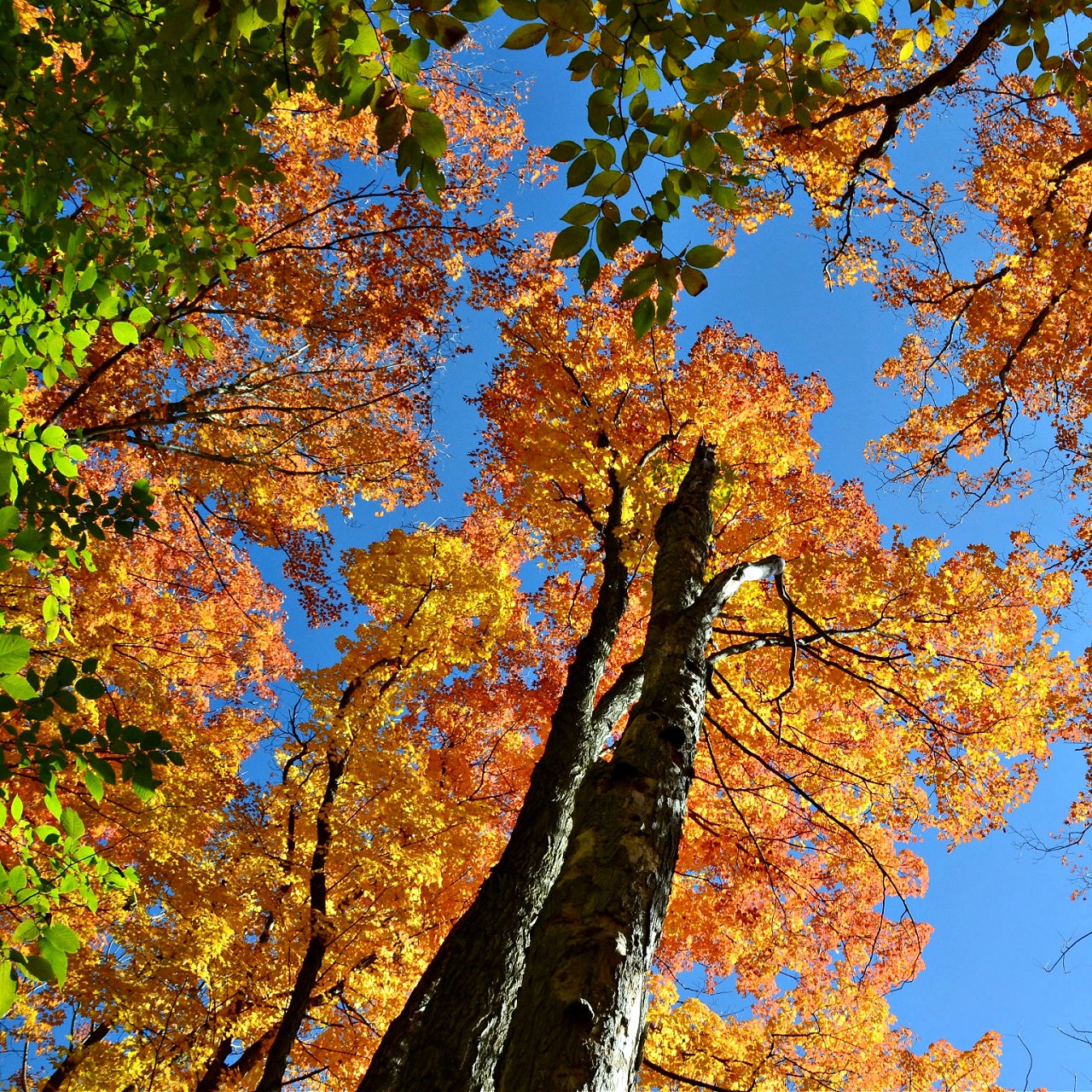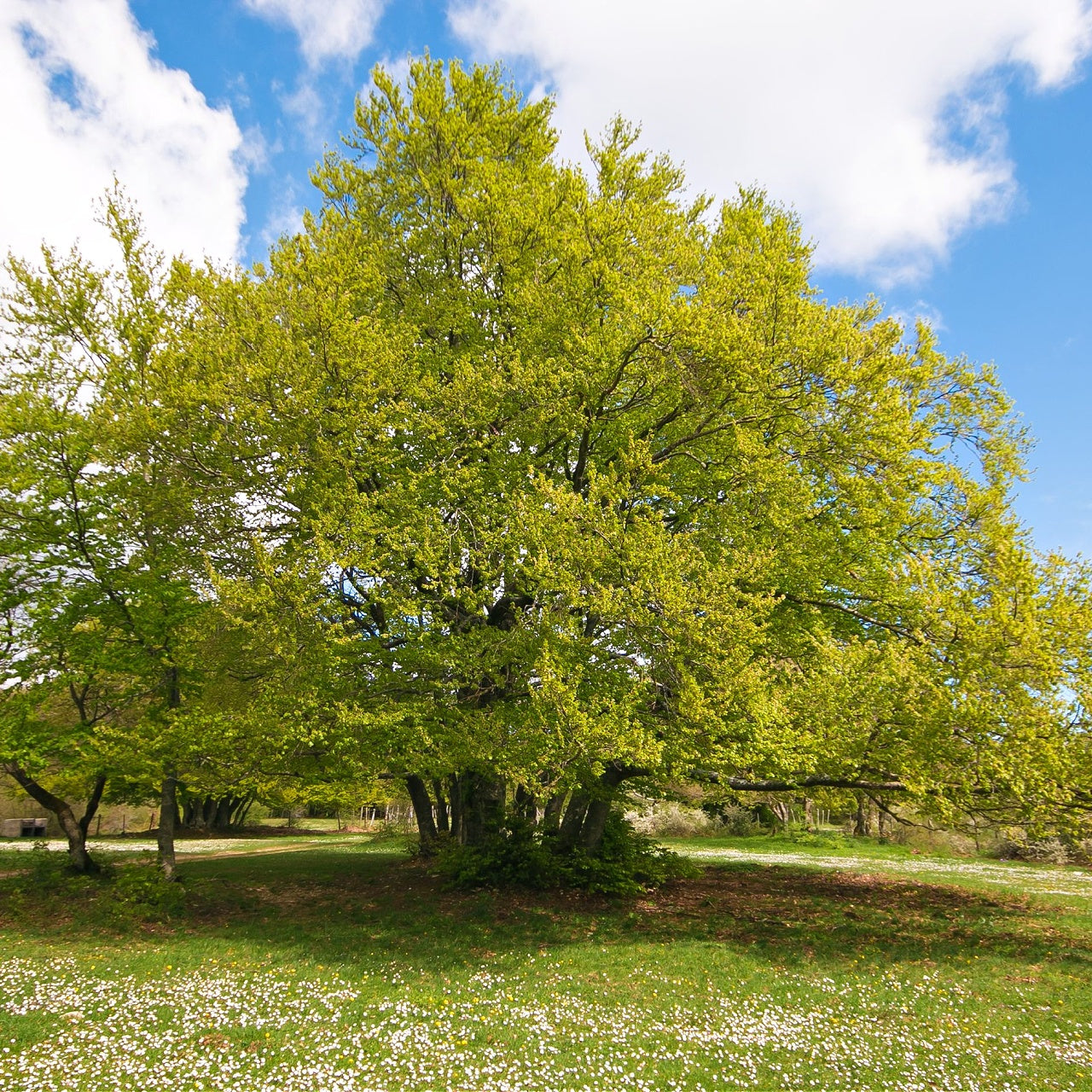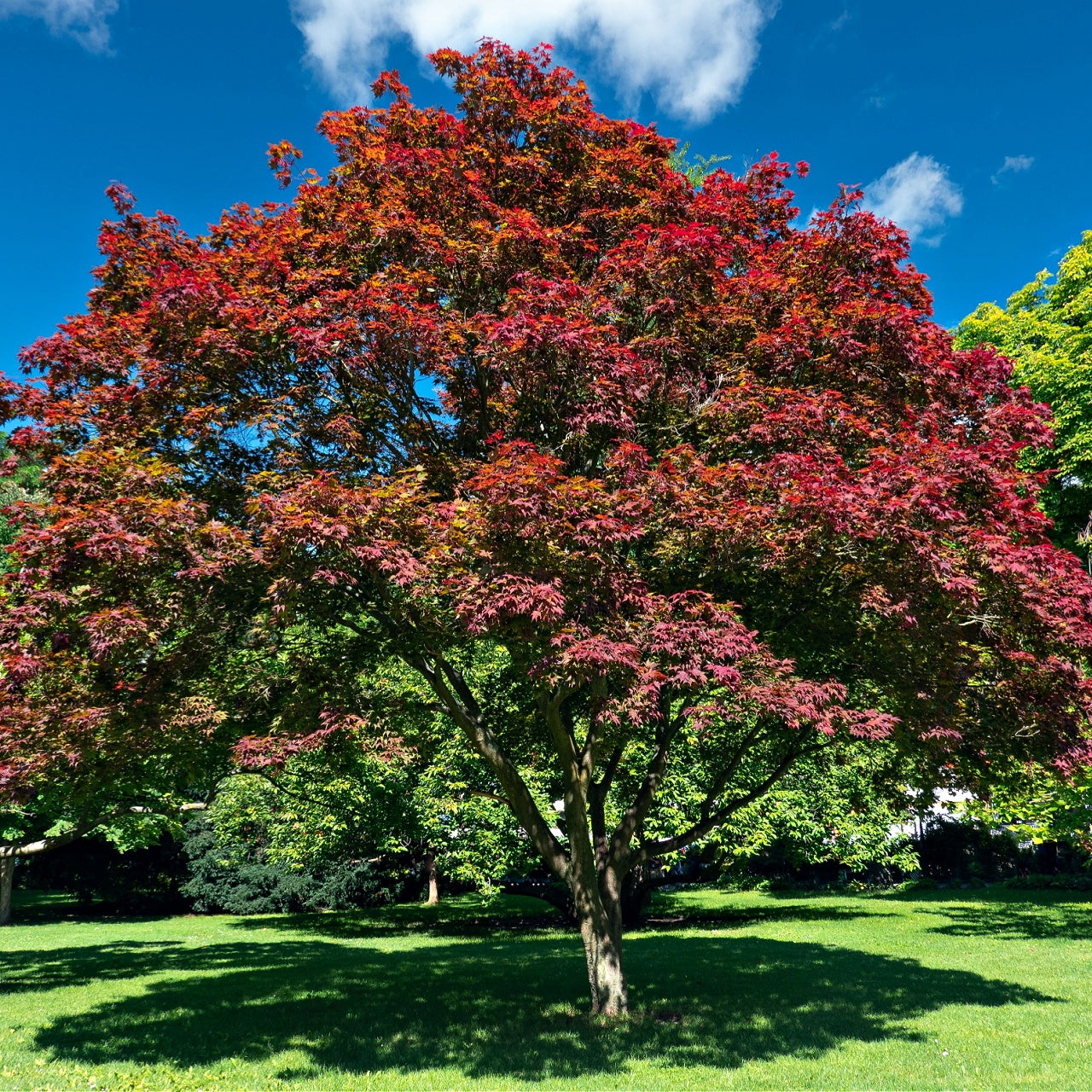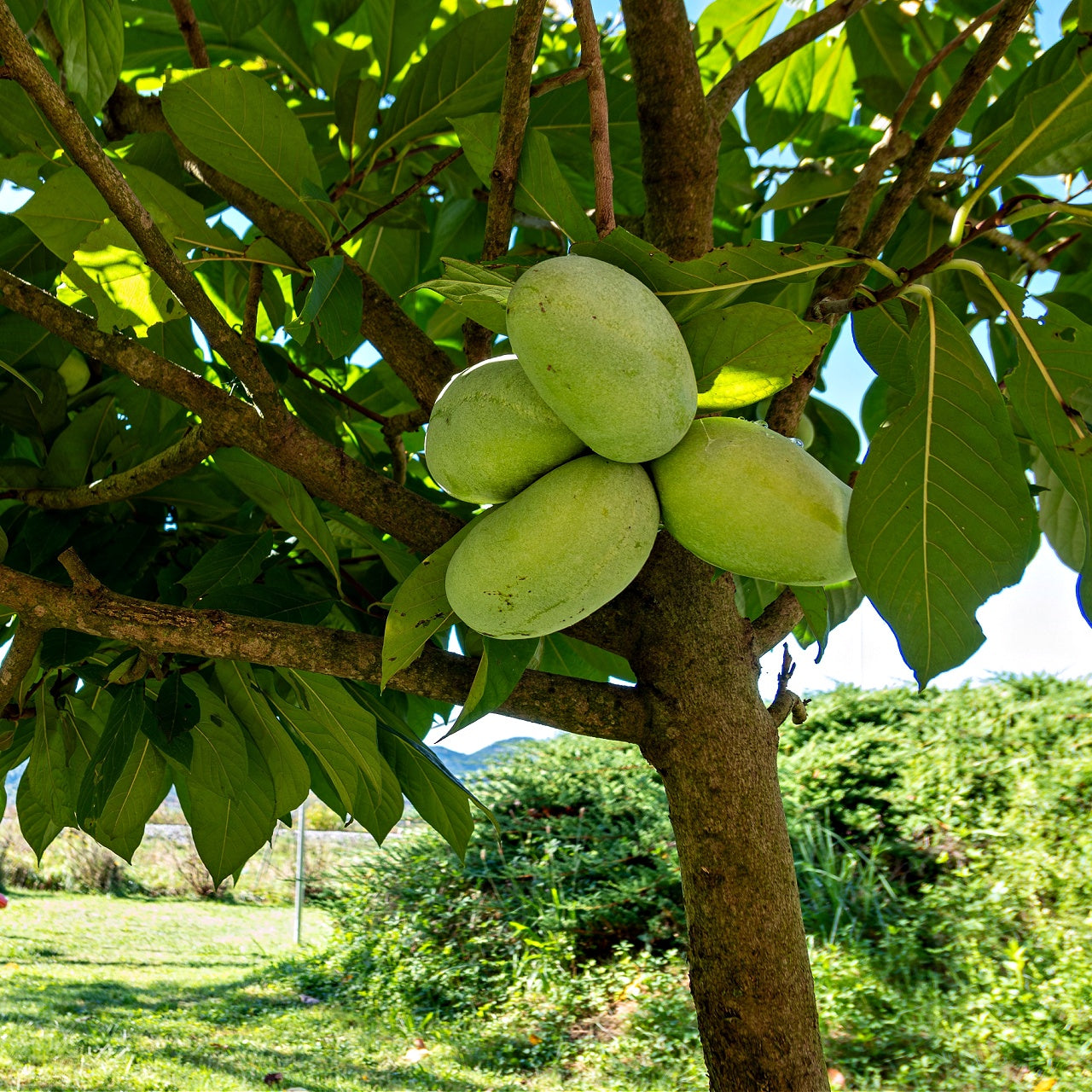
Blue Hydrangea: Nature's Fast-Growing Elegance
Blue Hydrangea: Nature's Fast-Growing Elegance
Beauty in Blue
In the world of gardening and horticulture, few flowers capture the imagination quite like the blue hydrangea. This plant symbolizes beauty, tranquility, and elegance with its stunning and vibrant blue blooms. Blue hydrangeas, scientifically known as Hydrangea macrophylla, are not just captivating in appearance; they also possess several fascinating characteristics that make them a favorite among gardeners. In this exploration of the blue hydrangea, we will delve into its fast-growing nature, preference for specific light conditions, the influence of soil pH on bloom color, its long blooming season, and the rarity of blue among hydrangea varieties.
Fast-Growing Marvels
One of the most appealing features of blue hydrangeas is their rapid growth. Gardeners often marvel at how quickly these plants can transform a garden or landscape. This fast growth makes them an excellent choice for those wishing to establish a beautiful garden without waiting years to see significant results. Under optimal conditions, blue hydrangeas typically grow at 1 to 2 feet per year. Their lush, green foliage is an attractive backdrop to the stunning blue blooms in summer. Achieving such remarkable growth in a relatively short period sets blue hydrangeas apart from many other garden plants.
Sunlight Preferences: Morning Sun and Partial Shade
While blue hydrangeas are known for their rapid growth, they also have specific preferences for sunlight. These plants thrive in locations that receive morning sun and partial shade in the evening. This preference for particular lighting conditions is crucial for their health and the development of those coveted blue blooms. Morning sunlight provides the necessary energy for photosynthesis and plant growth. At the same time, afternoon and evening shade protects the hydrangea from the harsh, scorching sun, which can lead to wilting and sunburn. By providing this balanced environment, gardeners can ensure their blue hydrangeas thrive and produce the beautiful blue flowers that make them distinctive.
pH Level and Bloom Color
One of the most intriguing aspects of blue hydrangeas is how the soil's pH level directly influences the color of their blooms. The pH scale measures soil acidity, with a pH of 7 being neutral. Blue hydrangeas exhibit a unique color-changing ability, with their blooms ranging from blue to pink depending on the pH of the soil in which they are planted. Blue hydrangeas produce blue blooms in acidic soil with a lower pH (below 6). This is because the availability of aluminum in acidic soil allows the plant to absorb it, resulting in the characteristic blue hue. Conversely, in more alkaline soil with a higher pH (above 6), the hydrangea's blooms tend to take on shades of pink. This natural pH-dependent color variation adds an element of surprise and intrigue to gardening with blue hydrangeas. Gardeners can manipulate the soil pH to achieve their desired bloom color. For blue blooms, acidic soil is encouraged using sulfur or aluminum sulfate. Gardeners may add lime to raise the pH to encourage pink blooms in alkaline soil. This fascinating ability to influence the color of the flowers based on soil conditions is one of the unique charms of blue hydrangeas.
Long Blooming Season
Another delightful characteristic of blue hydrangeas is their long blooming season. Unlike some flowers that offer only a brief burst of color, blue hydrangeas give gardeners an extended display of their breathtaking blooms. The blooming season typically begins in late spring or early summer and can continue through late summer or even into the fall, depending on the climate and location. This extended blooming period allows gardeners to enjoy the beauty of blue hydrangeas for several months, making them a reliable and attractive addition to any garden or landscape. Whether used as a focal point or as part of a mixed planting, their ability to maintain their blooms for an extended duration adds to their desirability.
The Rarity of Blue
Blue is undeniably the rarest and most sought-after among the various hydrangea colors. While there are numerous hydrangea cultivars in shades of white, pink, and even purple, true blue hydrangeas are relatively scarce in the horticultural world. This rarity only adds to their appeal and mystique. The blue color in hydrangeas results from a specific combination of factors: the plant's genetic makeup, the presence of aluminum in the soil, and the pH level. These factors must align perfectly to achieve that elusive blue hue. As a result, gardeners often consider blue hydrangeas a treasure worth nurturing and showcasing in their gardens.
Blue hydrangeas are a visual delight and a fascinating and dynamic addition to any garden. Their fast growth rate, preference for morning sun and partial shade, pH-dependent bloom color, extended blooming season, and rarity in the world of hydrangeas make them a captivating choice for gardeners and flower enthusiasts alike. These remarkable plants offer beauty and intrigue, proving that nature's creations can continue to astonish us with their elegance and complexity. Blue hydrangeas are an excellent choice to add enchantment to your outdoor space.






